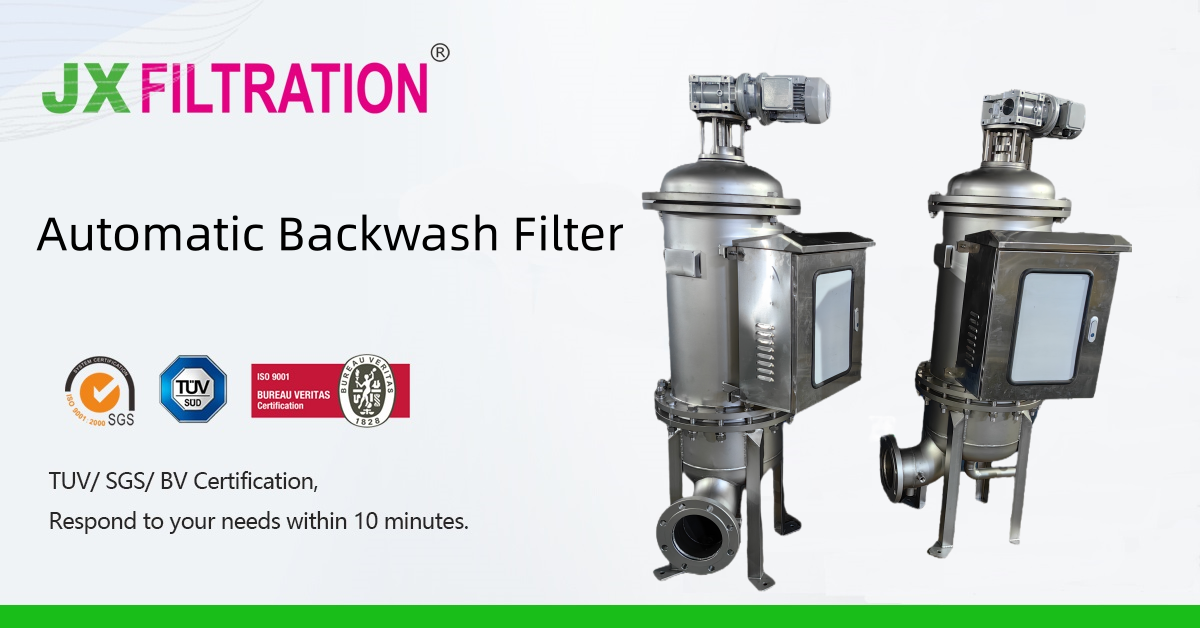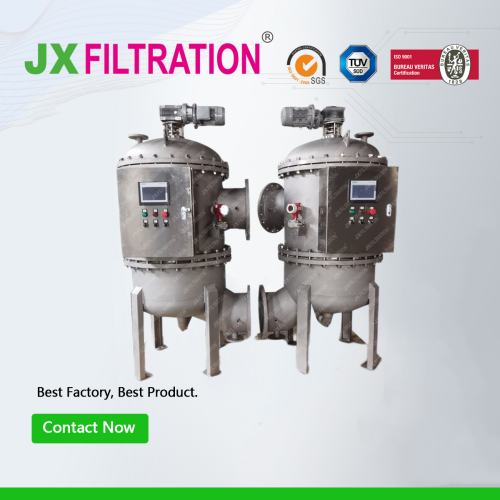What Is a Backwash Filter
I. Working Principle: Automation vs. Manual Intervention
Automatic Backwash Filter:
Intelligent Cleaning, 24/7 “Autopilot” Operation
The core advantage of an automatic backwash filter lies in its self-cleaning mechanism. When differential pressure sensors detect that the preset threshold has been exceeded, the system automatically initiates a backwash cycle. High-speed water or air flow is used to reverse flush the filter screen, discharging impurities through a drain valve—all without manual intervention.
According to performance data from an environmental water treatment project, the equipment operated continuously for 180 days without shutdown, with a contaminant removal efficiency consistently above 98%.
Conventional Filters:
Routine Disassembly and Cleaning
Traditional filters (such as bag filters or activated carbon filters) rely on filter media to trap contaminants. Once clogged, the system must be shut down for manual disassembly, cleaning, or replacement of the filter elements. For example, in one chemical plant, filter bags needed to be replaced every 3 days, with each shutdown lasting 2 hours and manual cleaning requiring up to 4 man-hours. In cases of sudden increases in suspended solids, emergency maintenance may even affect delivery schedules.
Technological Breakthroughs of Automatic Backwash Filters:
-
Differential Pressure Sensor Technology: Accurately determines the optimal time for cleaning, reducing energy waste.
-
Modular Design: When one filtration unit is being cleaned, the others continue operating—ensuring uninterrupted water flow.
Any Requirements, Contact Us Now!
Kris
Email/Teams: kris@filtrationchina.com
Mobile/Whatsapp/Wechat: +86 18980776200


